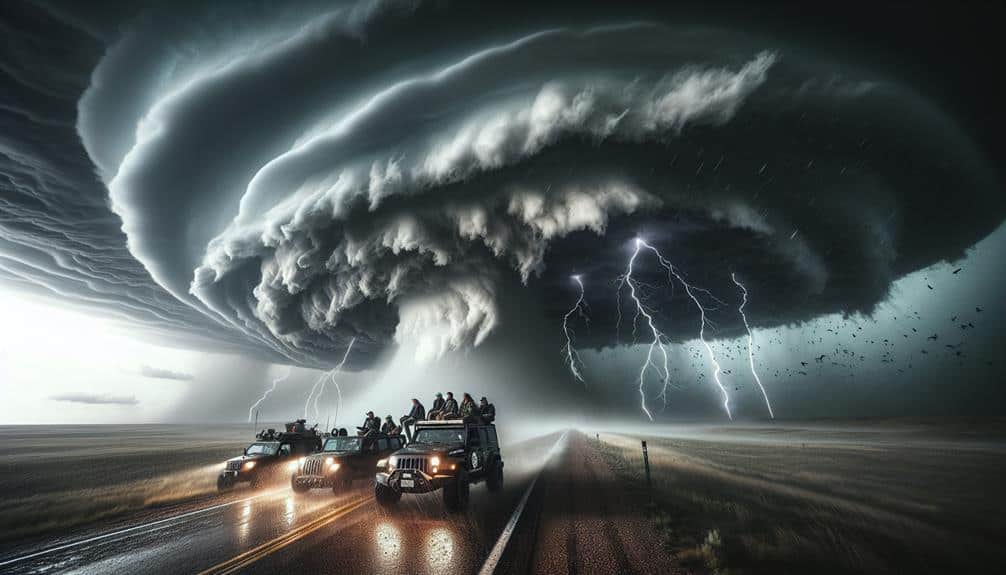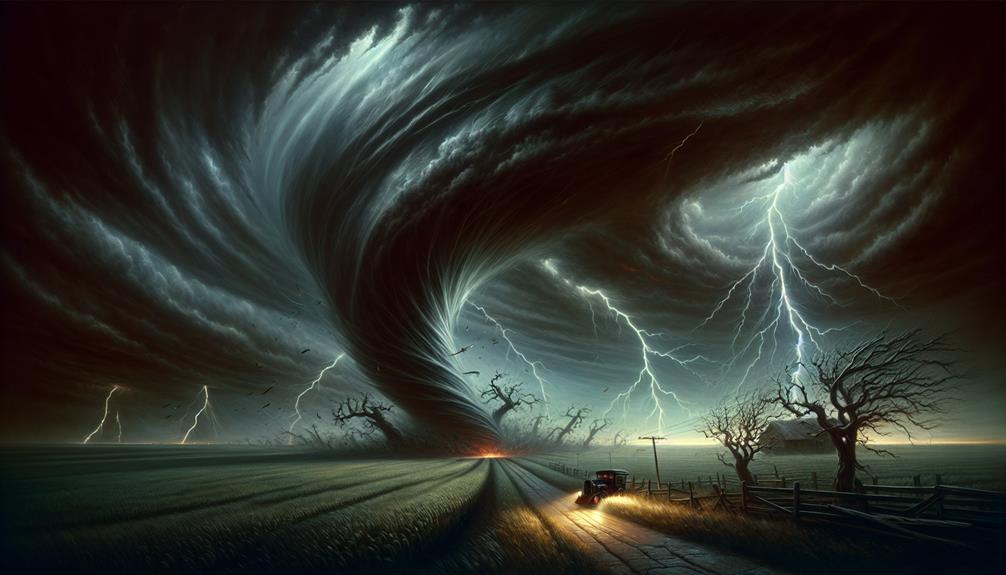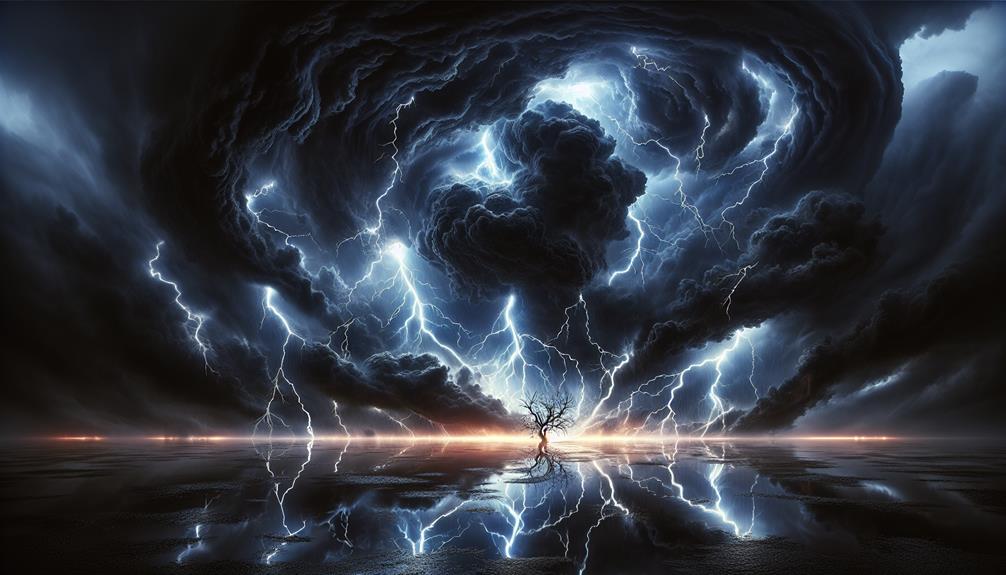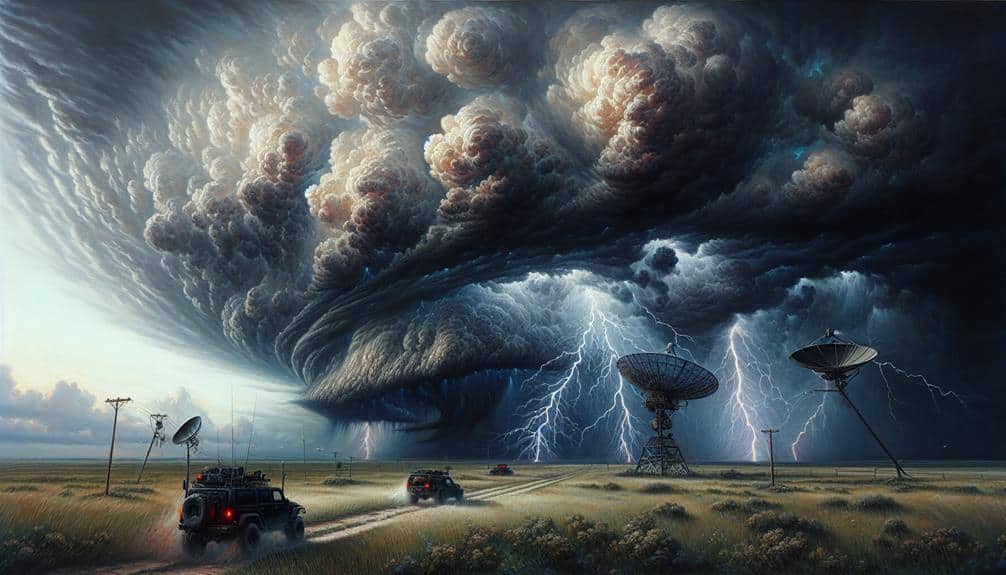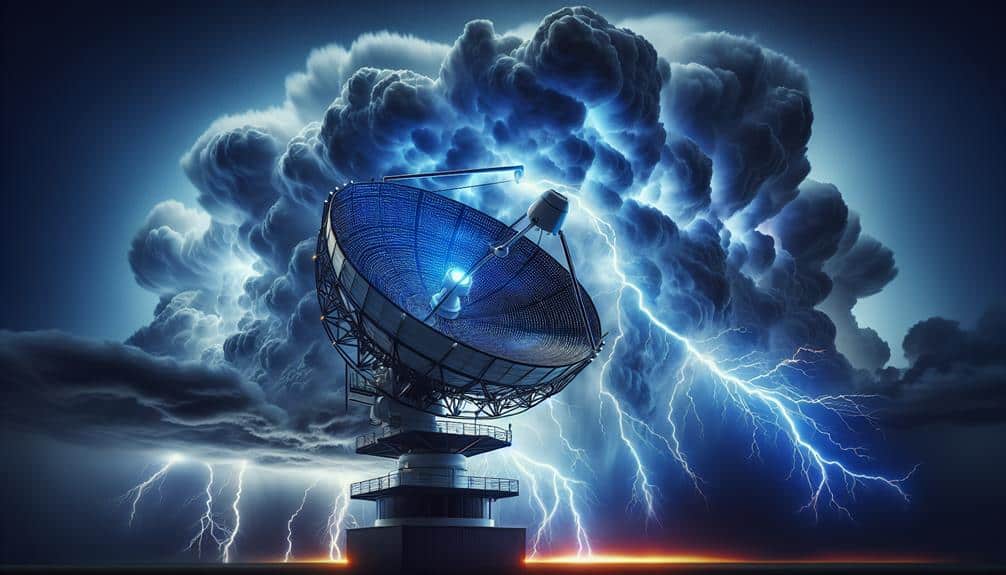What Drives Storm Chasers to Intercept Severe Thunderstorms?
We're driven to intercept severe thunderstorms by an intricate mix of passion for meteorology, thrill-seeking, and the pursuit of scientific advancements. Our fascination often begins in childhood, evolving into careers studying atmospheric science. The adrenaline rush from experiencing nature's raw power up close fuels our excitement. Collecting real-time data helps refine weather prediction models and […]
What Drives Storm Chasers to Intercept Severe Thunderstorms? Read More »
